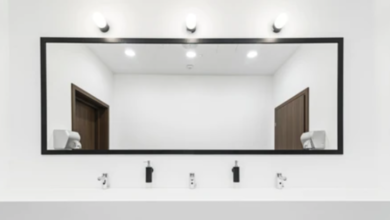How to adjust your body into shape after fasting in Ramadan

After fasting for 30 days or so during Ramadan, our bodies can become used to eating and sleeping within shorter time frames, from Iftar to Suhoor. This adjustment to long hours of fasting can make it challenging for our bodies to return to their regular routines once Ramadan ends.
During fasting, our bodies go through big changes, two important hormonal changes happen during fasting to help us adapt to be more exact. The Anti-Diuretic Hormone (ADH), produced in the pituitary gland, helps control water loss through our kidneys and regulates blood pressure. Also, aldosterone, produced by the adrenal gland, maintains the balance of electrolytes and fluids in our body.

After Ramadan, it’s important to slowly increase food intake and go for smaller, more frequent meals. This helps our digestive system adjust to a new pattern and keeps us energized throughout the day. Try to consume high-quality proteins, leafy greens, fresh vegetables, and good carbohydrates into your diet, while avoiding sugary or fatty foods that can slow down metabolism.
As fasting often happen during warmer months, dehydration can be a concern due to sweating. Try to consume the needed amount of water to replenish lost fluids and minerals.

Restoring your original sleep schedule after Ramadan is also very important. Try to wake up early, have breakfast, and avoid going back to sleep. Establishing a regular exercise routine, with at least 30 minutes of physical activity several times a week, can aid in readjusting your sleep pattern.
During this transition period, avoid long naps during the day to facilitate the adjustment process. With slow changes to your diet, hydration, and sleep routine, your body will smoothly transition back to its regular rhythm after the fasting month of Ramadan.










